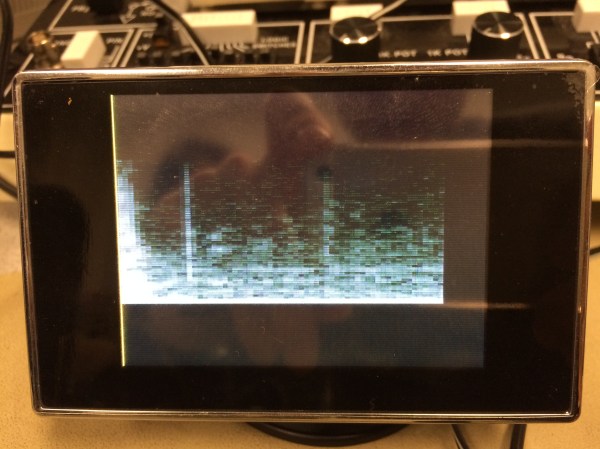The radio hackers in the audience will be familiar with a spectrogram display, but for the uninitiated, it’s basically a visual representation of how a range of frequencies are changing with time. Usually such a display is used to identify a clear transmission in a sea of noise, but with the right software, it’s possible to generate a signal that shows up as text or an image when viewed as a spectrogram. Musicians even occasionally use the technique to hide images in their songs. Unfortunately, the audio side of such a trick generally sounds like gibberish to human ears.
Or at least, it used to. Students from the University of Michigan have found a way to use diffusion models to not only create a spectrogram image for a given prompt, but to do it with audio that actually makes sense given what the image shows. So for example if you asked for a spectrogram of a race car, you might get an audio track that sounds like a revving engine.
Continue reading “Feast Your Eyes On These AI-Generated Sounds”



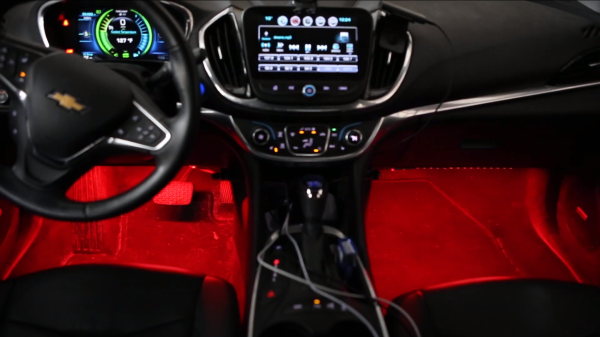
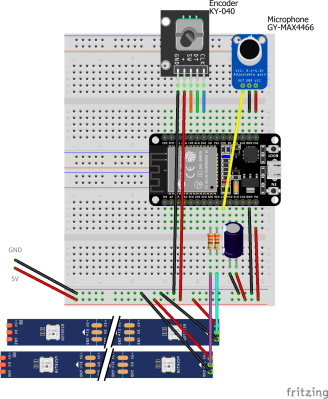
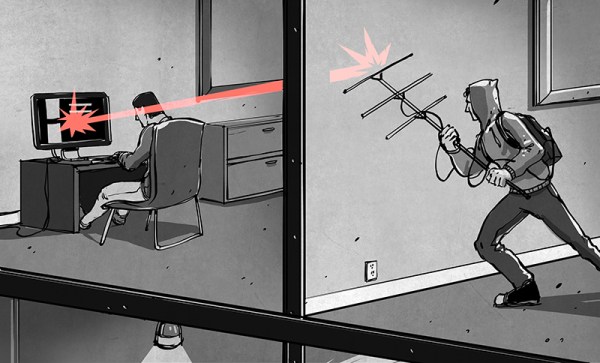

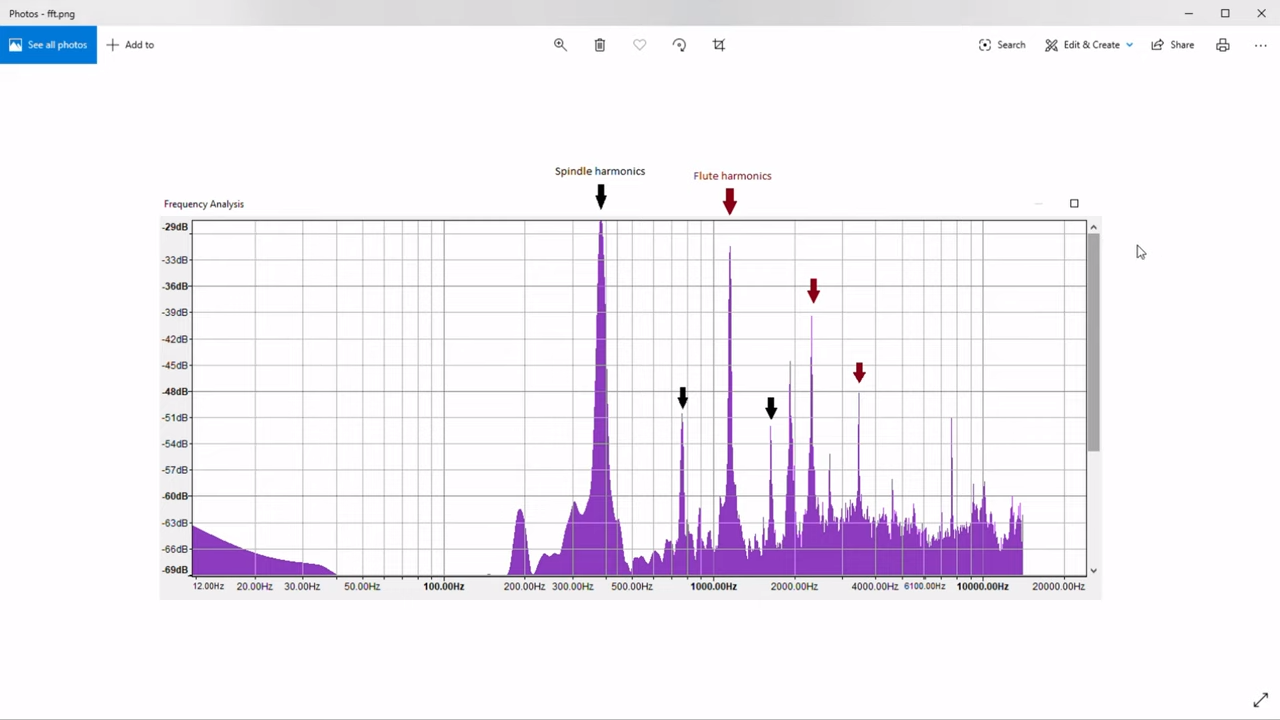

 [François] started off by listening to the audio of some recorded games. Whenever a goal is scored, the commentator yells out and the goal horn is sounded. This makes it pretty obvious to the listener that a goal has been scored, but detecting it with a computer is a bit harder. [François] also wanted to detect when his home team scored a goal, but not when the opposing team scored, making the problem even more complicated!
[François] started off by listening to the audio of some recorded games. Whenever a goal is scored, the commentator yells out and the goal horn is sounded. This makes it pretty obvious to the listener that a goal has been scored, but detecting it with a computer is a bit harder. [François] also wanted to detect when his home team scored a goal, but not when the opposing team scored, making the problem even more complicated!